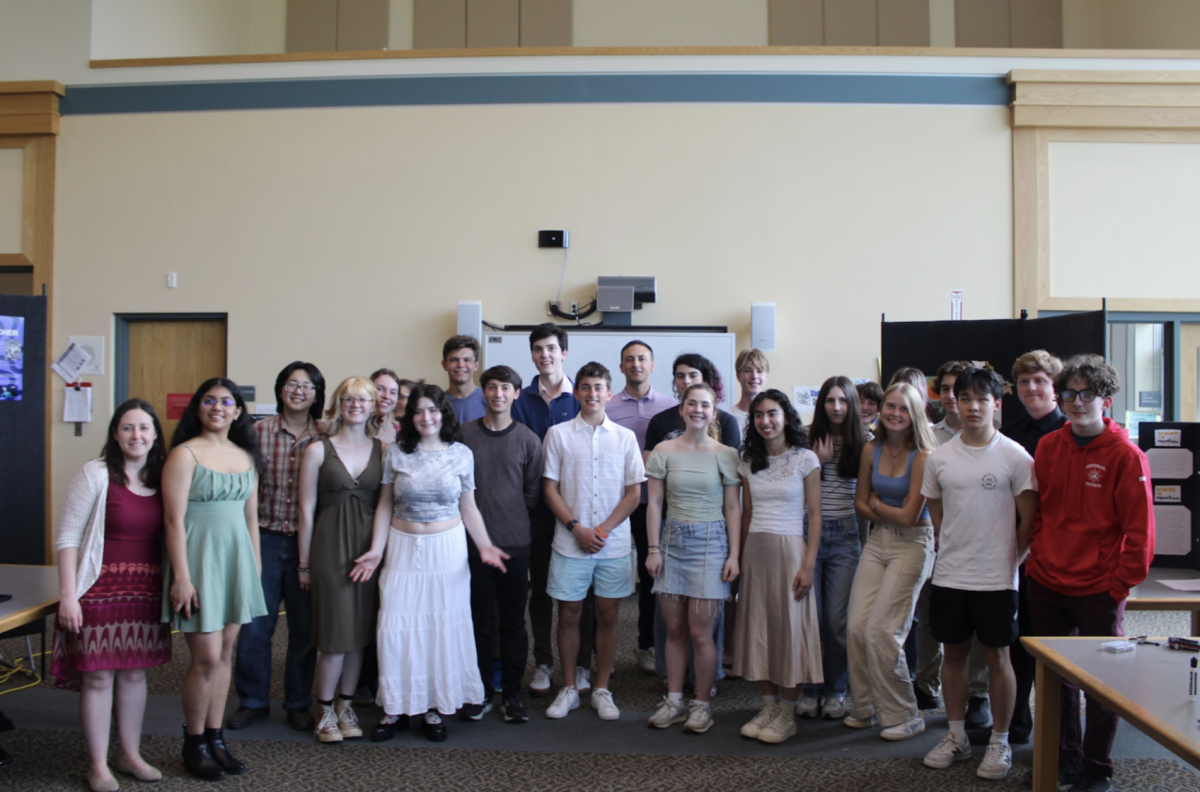The Life and Legacy of Ruth Bader Ginsburg
Official Portrait, 2016, Supreme Court of the United States
Justice Ginsburg lived a remarkable life, full of hard work and devotion to the fight for gender equality.
September 20, 2020
On September 18th of 2020, America lost a remarkable woman. Supreme Court Justice Ruth Bader Ginsburg lost her battle with metastatic pancreatic cancer and passed away in her home. She lived to be 87 years old. America mourns the loss of this influential woman, who’s legacy of activism for gender equality will not be forgotten.
Justice Ginsburg lived a life full of adversity but faced it with a positive attitude and a fabulous sense of humor. Born Joan Ruth Ginsburg on March 15, 1933, during the height of the Great Depression in Brooklyn New York. Her mother instilled into her a love of education that carried with her throughout her entire life. She excelled in James Madison High School and her academic success continued as she went to Cornell University. She graduated at the top of her class at Cornell in 1954. The same year, she married Martin Ginsburg. She had her first child in 1955 after her husband was drafted into the military for two years. After her husband returned from the war, Ginsburg started her term at Harvard Law.
In 1956, Ginsberg took it upon herself to keep her husband up to date with his academic pursuits while he was home sick from cancer. She did this while studying at Harvard Law herself and raising a child. Truly, this is a testament to her character and dedication to both her family and her studies. At Harvard, she was one of nine women in her class of 500 people. Harvard authorities chastised her for taking a man’s spot, but she persevered through this gender-based discrimination. When her husband recovered from cancer and moved to New York to start a law firm, Ginsberg transferred to Columbia Law and graduated in 1959.
In the 1960s, Ginsburg faced much gender-based discrimination in trying to find work. She was able to get a job after a favorite Columbia professor refused to recommend any other graduates until the U.S. District Judge Edmund L. Palmieri hired Ginsburg as a clerk. She worked for Palmieri for two years. While working for Palmieri, she was offered multiple positions at law firms, but for much lower salaries than her male counterparts. Instead of taking any of these positions, Ginsburg joined the Columbia Project on International Civil Procedure. She was immersed in Swedish culture and learned much about Swedish Civil Procedure practices. She returned to the United States and took a teaching position at Rutgers University Law School. Then in 1972, she became a professor at Columbia Law, being the first professor there to earn tenure.
Ginsburg made strides as director of the Woman’s Rights Project of the American Civil Liberties Union (ACLU) during the 1970s. She leads the fight against gender discrimination and successfully argued six civil rights cases before the Supreme Court. She fought not only for women’s rights but for the men who were being discriminated against as well. She was appointed by Jimmy Carter in 1980 to the U.S. Court of Appeals and served there 13 years until Bill Clinton nominated her to the Supreme Court of the United States in 1993.
As a justice, Ginsburg continued to fight for women’s rights. She fought for women to be able to go to Virginia Military Institute. She spent her time on the bench tackling one woman’s rights issue at a time. She believed that major social change should have come from Congress, not the courts.
Another interesting fact about Justice Ginsburg is that until her passing, she worked with a personal trainer in the Supreme Court Exercise room and was incredibly strong.
Read White House’s official press release regarding the death of Justice Ruth Bader Ginsburg here

































